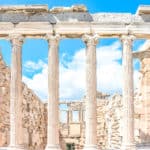Is Athens worth visiting? In short, yes, yes it is. But you do need some inside info. Here’s twenty-one reasons to visit Athens plus what you need to know to make the most of Greece’s capital.

21 Reasons to Visit Athens
Is it worth visiting Athens?
Is it worth visiting Athens? As the home of democracy and capital of Greece, you’d think the obvious answer would be yes. So why are so many people hesitant?
Well, compared to the idyllic beauty of the Greek islands that bathe in blue, Athens has a grittier, less pretty edge. If you just turn up and wander around, you’re likely to leave disappointed.
Should you skip Athens?
Many people who plan to visit Greece don’t always see Athens as their destination point. Yes, it is a nice metropolis with great nightlife and excellent restaurants, but when you have cruises around Santorini, Crete, or Corfu ready to welcome you with their soft sand beaches and emerald waters, it is easy to skip it, especially if your vacation days are short.
However, you may be missing out on a lot more than you expect. Athens was the heart of Ancient Greece, the place where rulers conducted their business, artists put their skills to work, and philosophers tried to uncover the mysteries of the universe.
A part of their work is still conserved in archaeological sites and museums, and the grandeur is real. Add luxurious rooftop restaurants, incredible concerts held in ancient venues, and the famous Greek hospitality, and you can get a picture (just a picture) of what it would mean to visit one of the liveliest European capitals.
So, if you are wondering what you can do in Athens, wonder no more! Here are 21 reasons to add this intriguing city to your Greece itinerary this year. So book your flight, book your hotel and get going!
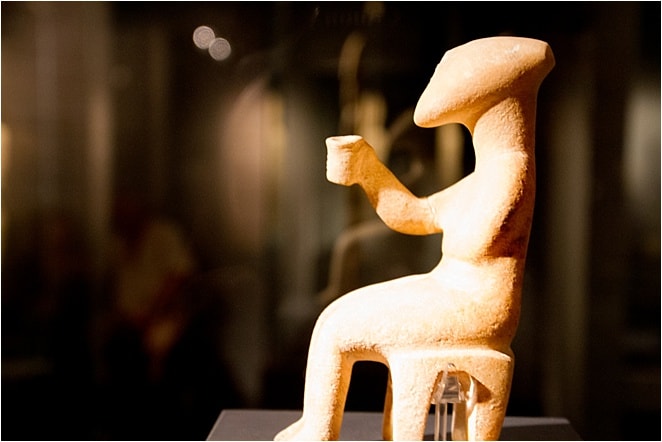
Athens was home to philosophers who still influence us all
Every philosophy course starts with Socrates, Plato, and Aristotle, inevitably leading back to the ancient times of thinking. If you want to walk in the footsteps of the greatest philosophers of Antiquity, you can still do it in Athens, although you will need a bit of imagination.
Plato’s Academy
Located in the Kolonus neighbourhood, the archaeological site holding the ruins of Plato’s Academy is open to locals and tourists for free. It is placed inside a beautiful and peaceful park where people come to play chess or enjoy a lovely picnic in the evenings.
Here sat one of the greatest academies in the world (some call it the first university) founded by Plato in 387 BC. You will discover the ancient ruins of the Gymnasium’s court where athletes used to train and the remains of a cistern – the ancient bath where they cleaned themselves after training.
As you start reconstructing the campus atmosphere, you can find help inside the Plato’s Academy Museum and even get a taste of what Plato’s lessons looked like by participating in an interactive beginners’ philosophy workshop held by a facilitator with a background in Classical Studies.
Aristotle’s Lyceum
Not far from the Hellenic Parliament, one of Athens’ more fascinating historical sites awaits its visitors. Philosophy lovers can stroll around the remains of Aristotle’s Lyceum just like the great maestro did with his students, discussing the principles of the natural world along a generous path edged by pomegranate trees and exotic herbs brought by Alexander the Great from his conquests.
Founded in 330 BC, the structure had a ‘steam room’, and you can still see the pipes used to funnel in the heat to create the vapours.
Socrates’ Prison
Lastly, as you climb Philopappos Hill, you will stumble into a group of caves, iron bars and an inscription that says ‘Socrates’ Prison’. Sentenced with the death penalty, many Greeks believe that this is the place where he spent his last days, based on some indirect proof like the presence of hemlock and the fact that a statue of Socrates was found here.
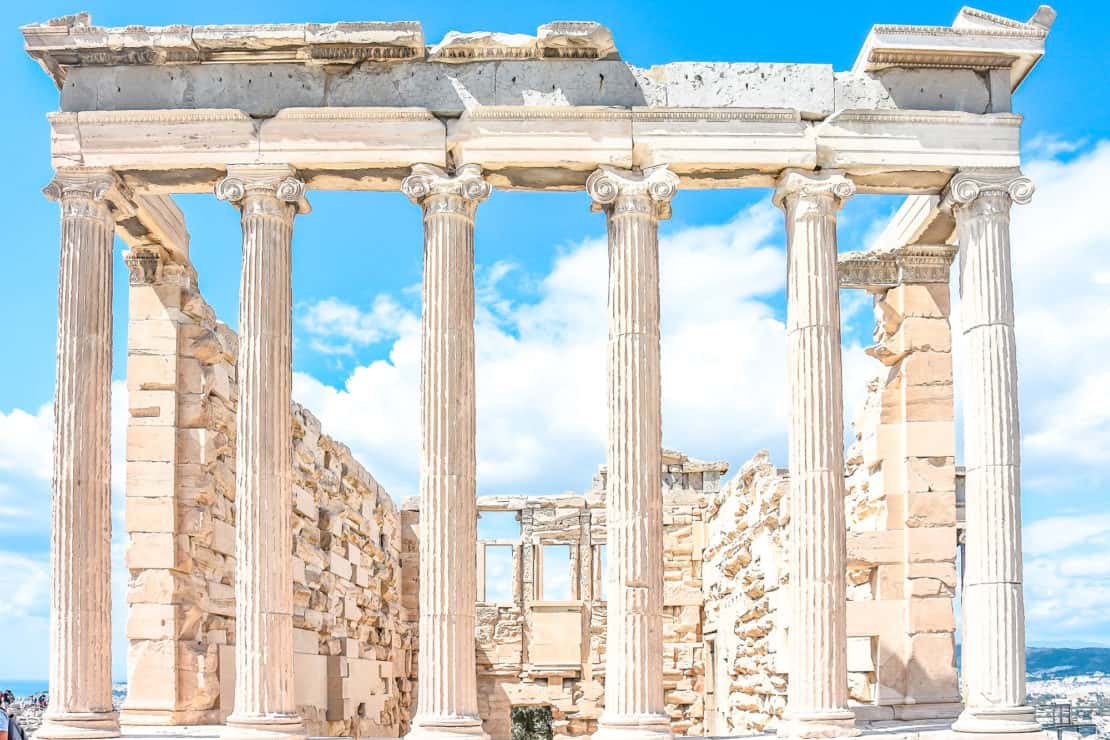
Athens brims with Archaeological Treasure
In case of confusion, the Acropolis is the hill and the Parthenon, the temple at the top. However, all across the hill, you will find remnants of ancient Greece…
The Temple of the Parthenon
The best time of the day to visit the Parthenon is late in the afternoon when the sun gives just a faint clue that it is about to fade away. As you climb the Acropolis Hill, you will see the huge Pendeli marble structure glinting under the heavy blue sky. You can also see it from several bars and restaurants across Athens.
Dedicated to Athena Parthenos or Athena the Virgin, the temple was built in the 5th century BC and is considered the masterpiece of the Doric architectural order. Originally, it was decorated with magnificent sculptures, many of them representing scenes from Greek mythology.
As you sit on one of the rocks scattered around the hill and look at this amazing piece of history, imagine how many important citizens of the Greek capital would have visited it daily. It truly is unforgettable.
Visit the World’s Oldest theatre
Plato didn’t think much about art (he merely saw it as an imitation of reality and considered it deceptive), but he did appreciate the cathartic essence of tragedies.
The Theatre of Dionysus, located on the south side of the Acropolis, was once the stage for Sophocles’ greatest tragedies. Euripides, Aeschylus, and Aristophanes also presented their plays here for the first time.
The shape of the theatre is still well preserved, and you can take a seat on the marble benches, imagining you are one of the first people in the world to see Aristophanes’ ‘The Frogs’ being staged.
And one of the world’s oldest markets
As you head down from the UNESCO World Heritage Site of the Acropolis, you will encounter the ruins of what used to be the heart of the city.
The Ancient Agora of Athens was the business place for every ancient Greek who had something to sell or needed to buy something.
Today, it is not as spectacular as it was in the – the excavations revealed a few rocks and structures – but history lovers won’t have a problem bringing it to life through their imagination.
And more temples
If you turn your eyes to the north of the site, you will have a nice surprise, as the Temple of Hephaestus is still standing strong on Kolonos Hill. It is dedicated to the patron saint of craftsmanship and fire.
The original Nike
On the same legendary hill, the Temple of Athena Nike shines like a piece of expensive ancient jewellery in the summer sun. It is often called ‘The Pearl of the Acropolis’ due to the care put into designing and decorating it.
The temple was dedicated to the goddess Athena Nike, one of the many embodiments of the goddess Athena. It is believed that the Greeks built it after a grand victory.
What was strange about this temple was that the statue of the goddess had no wings (it was common for Athena to be represented with wings). It was discovered later that the choice was symbolic to prevent her from ever leaving the temple.
The Temple of Olympian Zeus
Right in the middle of the city, surrounded by arteries of traffic, the Temple of Zeus still dominates the landscape. The Olympieion was a huge temple dedicated to Zeus that, like most Greek worshipping places, included a gigantic statue of the god. Today the temple reaches to the sky from a serene park that invites long walks and meditation.
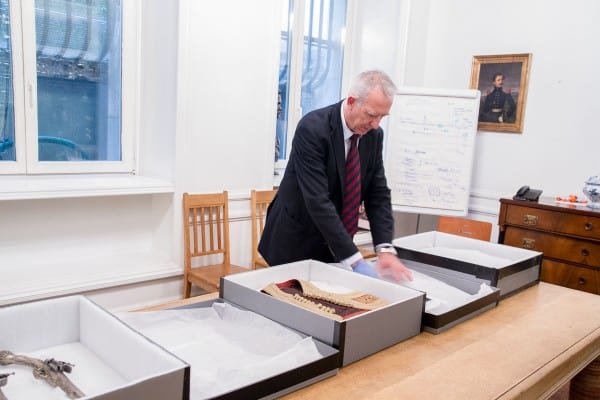
Athens has world class museums
Is Athens worth visiting? Yes if you’re interested in art and history! Athens is a great place if you are a museum lover and is renowned not only for its ancient art collections but for modern and contemporary art exhibitions that attract thousands of tourists every year.
Here are some highlights:
The National Archaeological Museum
The National Archaeological Museum of Athens, founded at the end of the 19th century, houses an impressive number of artefacts. You could easily spend half a day here walking from room to room, just to discover more ancient art. The beautiful marble statues that once decorated the Parthenon and other important temples are here.
The Stathatos Collection contains superb pieces of jewellery among other objects, the most famous being the three hairnets made of gold displaying the busts of Aphrodite and Artemis and a diadem holding the representation of the Herculean knot in the centre.
Since the Greeks were great conquerors, many decorative objects were brought to Athens from Egypt and other territories they came in contact with. The Egyptian collection allows you to glimpse at the interior and exterior of sarcophagi and familiarise yourself with the ancient Egyptian gods.
You can end your walk in the Terracotta Room and gaze at the over 500 figurines carefully arranged in glass showcases. The attention to detail is incredible.
The New Acropolis Museum
The biggest attraction at the new Acropolis Museum brings an ancient neighbourhood back to life. You will be able to see how the old Greeks lived, what their streets and houses looked like, and what objects they used for cooking. If you are bringing the kids, this is a great place for them to learn more about the history of this ancient city and the history of humanity in general.
The Museum of Cycladic Art
As you step inside the museum, you may think you are looking at modern art since the naked human figurines are so simple and abstract. And you are right to feel this way since these objects were the source of inspiration for 20th-century artists like Constantin Brancusi or Amadeo Modigliani.
The Benaki Museum
There are many neoclassical buildings in Athens, but the one housing the Benaki Museum is special. It was the house of a wealthy cotton merchant who gathered an impressive art collection, open today to visitors. The stars are the reconstructions of the reception rooms after the mid-18th century stately mansions in Greek Macedonia, presenting a fusion between central European, Ottoman, and Byzantine decorative styles.
If you are visiting on a Thursday, you can stay late (the museum closes at midnight on this day) and have a glamorous dinner on the top of the building from where you can see the Acropolis and National Gardens.
The Basil and Elise Goulandris Foundation
Picasso, van Gogh, Monet, Cezanne, Pollok, Degas, Braque, Chagall, Bonnard, Klee, Kandinsky… These are just a few of the big names you will find at this modern art gallery. Extremely rich in masterpieces, the Basil and Elise Goulandris Foundation is one of the hidden gems of today’s Athens.
Athens hosts concerts in cool places
The Odeon of Herodes Atticus is one of the oldest theatres in the world, built after a Roman model in 161 AD and fully restored in 1950. Since its restoration, grand names like Andre Rieu, Liza Minnelli, and Maria Callas have performed on its scene. It is the main venue for the annual Athens festival and a beautiful place to spend the evening. There are hundreds of events taking place here every year, so it is not difficult to find one to attend.
You can run through ancient Greece
Imagine the roar of the crowds back in the times of Hadrian when this stadium was inaugurated…
It is said that a thousand animals were sacrificed to fulfil their pleasure for circus and blood. Today it is a more peaceful place where morning joggers can test their resistance on the reconditioned track between 7:30 and 9 (you just need to fill out a form on their website to be allowed on the premises for free).
As you take your seat in the evening sun, waiting for the show to begin, you will inevitably think of the old gladiators and their battle to stay alive…
Shop and be seen at Syntagma Square
Syntagma Square is the beating heart of Athens, with, of course, a past. Here, in 1843, the Athenians revolted against King Otto of Greece, demanding a constitution.
The main square bustles with people day and night and is usually the starting point for protests. During the summer, the bars are packed with tourists enjoying the Athenian sun while waiting for a concert to begin nearby.
Just a short walk from Syntagma Square, Ermou Street is truly heaven for shopping enthusiasts who could spend a whole day here. Best of all, the street is open only to pedestrians, so you don’t need to watch out for cars as you get caught in the shopping rush.
Gather trinkets at Monastiraki
Monastiraki is one of the oldest neighbourhoods in Athens. Here, between the Greek Agora and Roman Agora, you will find cobblestone paths and merchants selling local products on street benches. So, if you want to try street food or stock up on souvenirs then this is the place to be.
Tip: Look for the small icons manually painted by the monks from Mount Athos. These are the gems of the flea market.

You can taste all kinds of Greek food in Athens
At the crossroad between the Occident and the Orient, Greece is renowned for its delicious salads, lamb dishes, and syrup-bathed sweets.
It would be a sacrilege to leave the capital city without tasting Gyro, a traditional (and cheap) street food option that is worth waiting for in line. You may have tried it in your country, but nobody does the pita like the Greeks, and the ingredients are always fresh if you pick a location in the city centre.
Athens is also the best place to try the delicious Loukoumades. These tiny doughnuts are crispy on the exterior and fluffy on the interior and come with a delicious syrup and cinnamon topping. It is almost impossible to resist their alluring aroma if you stumble into a cart that sells them.
Mountains of syrup and pistachio go into making the famous Baklava. A small piece can be one of the best things you experience after a long walking day.
Beyond street food, Athens has plenty of restaurants that will serve you the best feta cheese drizzled with local olive oil, lamb dishes, and the traditional Retsina wine.
Check out our Athens food guide here.
Athens is the home of Greek night life
Greece’s largest city goes crazy at night with techno-blasting superclubs opening their doors after 10 pm and keeping them open until morning. The areas of Gazi and Monastiraki are the club-hoppers’ favourites due to their huge venues hosting international DJs and serving sumptuous cocktails.
If you prefer a more chill atmosphere, there are also plenty of pubs where you can listen to live music, dance, and sample some of the Greeks’ famous nectar of the gods.
You can spend the day at the beach in Athens
The city of Athens is so famous for its historic landmarks that it is easy to forget it has a port at the Aegean Sea. Sunbathing on Athens’ beautiful beaches is actually a great way to relax if you have a couple more days to spend in the capital.
The easiest accessible beach, located not too far from the city centre, is the Vouliagmeni. The waters are warm, the sand soft and welcoming, and you will find plenty of terraces here serving fresh fish and Greek salad.
If you are willing to go further on the island, don’t miss Schinias beach with its clear waters and beautiful vegetation.
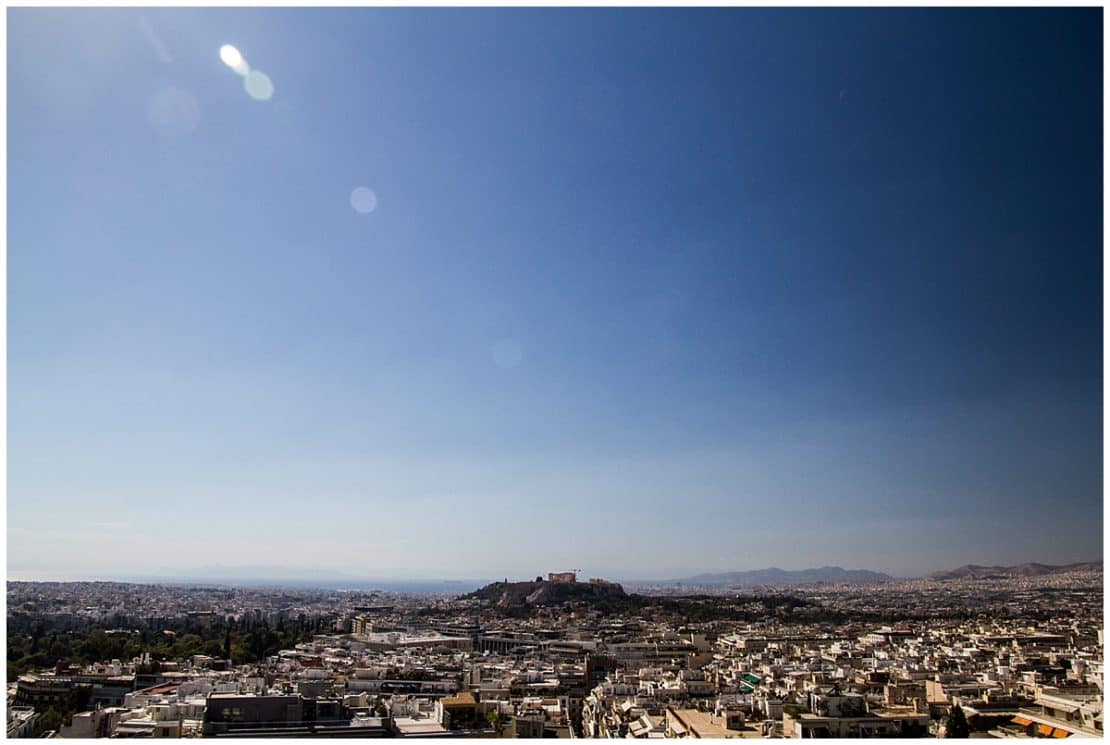
And climb a mountain…
One of the best places to visit if you have more time is Mount Lycabettus, the highest point in Athens. You will follow a circular path to the top that will test your endurance, especially in the summer, but you will be rewarded with a breathtaking view of the city. The sea shines spectacularly from here and, in the evening, you can watch the lights being turned on at the most important sites on the Acropolis.
If you are not sure your legs can stand the effort (it surely isn’t a short walk to the top), you can take the train, which will get you to your destination faster. But take into account that it travels through a tunnel, so you won’t be able to enjoy the natural beauty all around.
Once you are up, you can visit the church of Agios Georgios and head to the Orizontes restaurant for a grand-style dinner. Don’t forget to make a reservation though, as this is a very upscale place that is always full, especially during high season.
Athens is a great base for day trips
It is easy to book a day trip to one of the many Greek islands or towns around Athens. You can go to Delphi for more Greek history and mythology or visit Meteora if you are a fan of hiking.
Nemea offers a great experience for wine lovers who can visit the vineyards of this region and spend a splendid day walking across olive tree plantations.
So. Is Athens worth visiting?
Yes, it is! Athens has grown a lot over the past years, turning into a solid bucket-list destination. It is a fun city that enjoys great weather for most of the year. It is also extremely safe, and except for petty crime, which is common in all capitals, you don’t have to fear for your safety.
More importantly, Athens offers plenty of experiences that you can’t find anywhere else in the world. Is Athens worth visiting? Yes, several times over.
More Travel Tips for Athens and Greece
Start with our collection of beautiful and unusual things to do in Greece and then delve deeper into the Greek archives.
In particular, look for the Peloponnese road trip itinerary and guide to things to do in Kalamata. Plus, decide between Mykonos or Santorini with our guide to both islands.
And don’t forget Athens (as if you could!) Find unusual things to do in Athens, retrace the steps of Plato with a philosophy tour and indulge with our Athens Food Guide.
And finally, here’s the perfect packing list for Greece.


